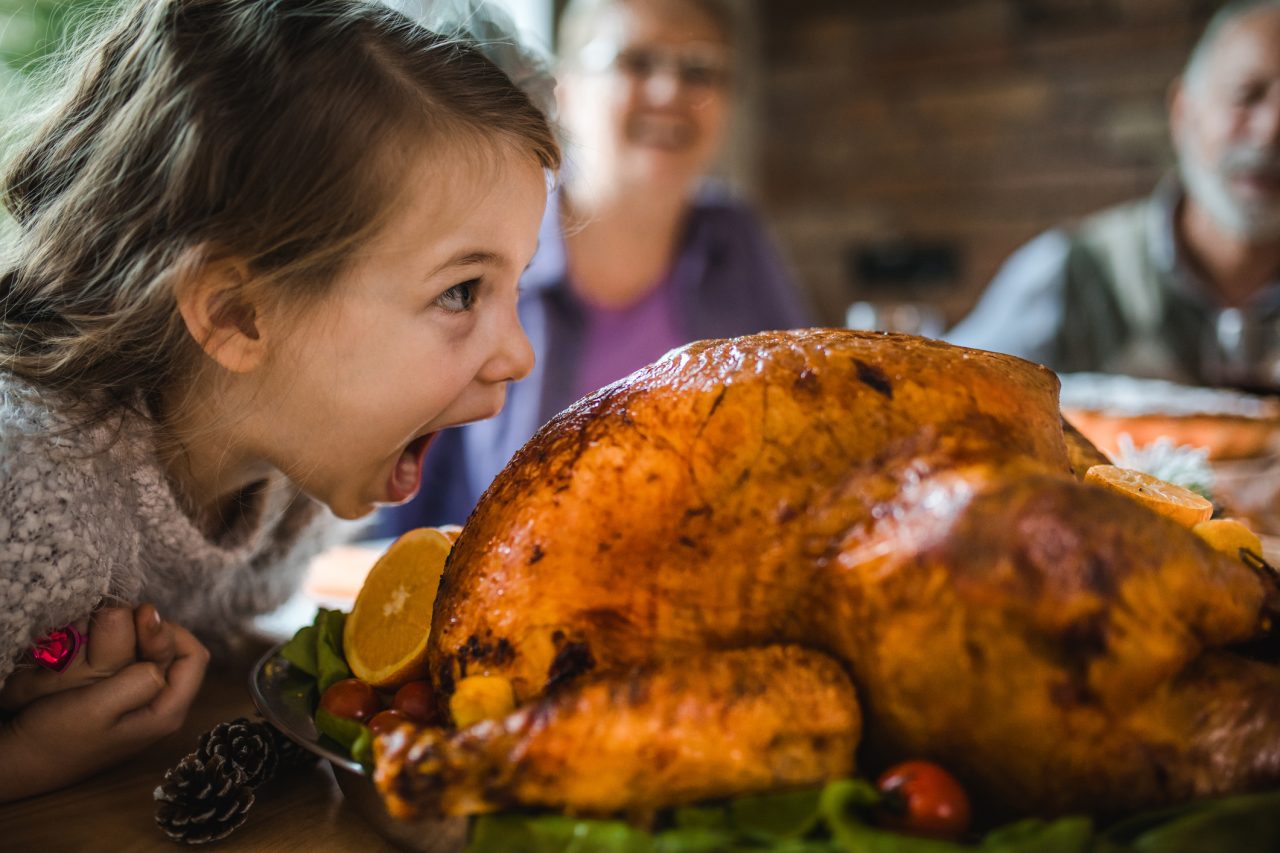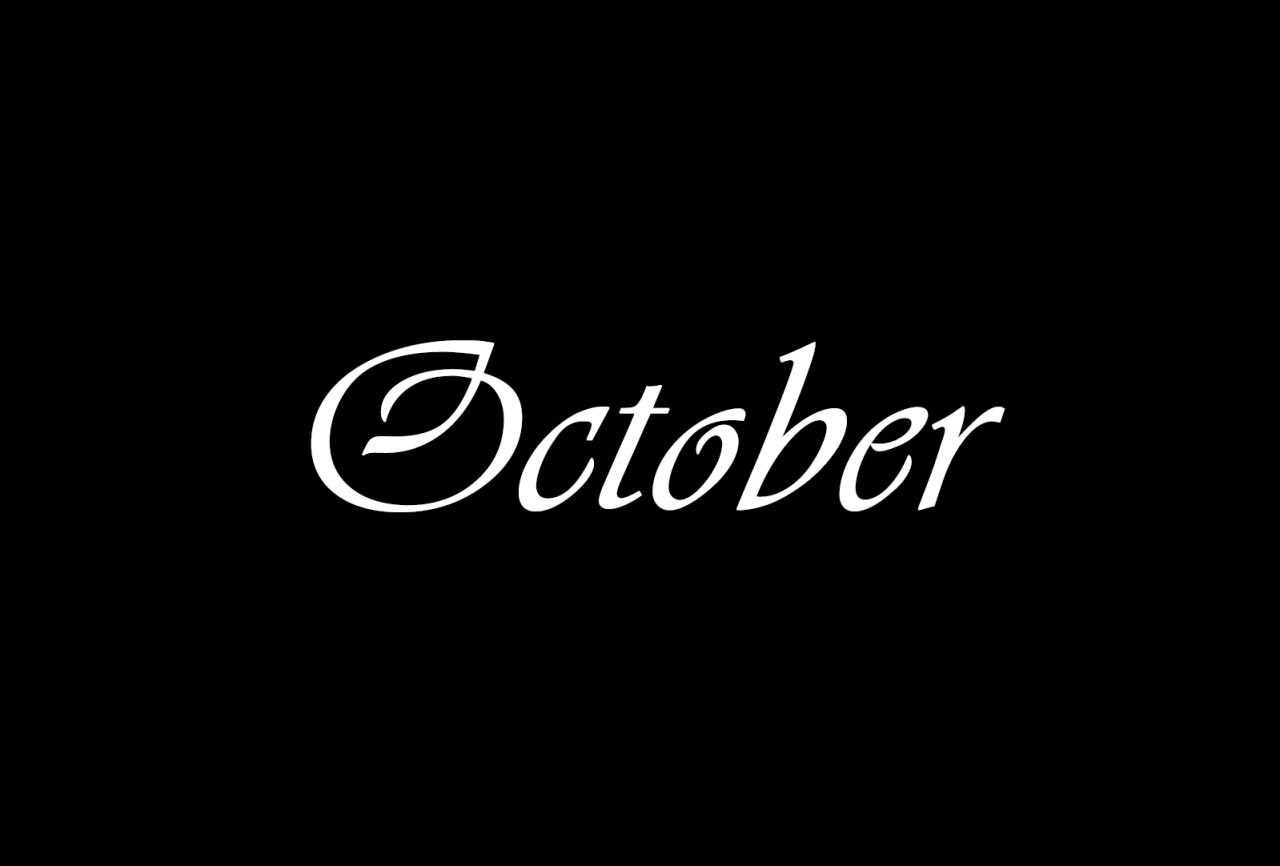Celebrations all year round!
People have the need to have events, gatherings and parties to celebrate life’s many phases. Celebrations take place all across the globe, and there are completely different traditions in different parts of the world. There are even great differences between the Nordic countries. Each month has its milestones and celebrations somewhere in the world. Let’s take a closer look at some of the things that happen in October to December.

Ei jente prøver å ta et stort jafs av en helstekt kalkun.

The month October written in white on a black background
Ønsker du å lese hele artikkelen?
Ved å logge inn får du full tilgang til artikkelen, samt Lærerrommet med engasjerende læringsstier og oppgaver du kan bruke i undervisningen.
Ønsker du å prøve ut fullversjonen av Skolerom?
Kontakt oss her!
